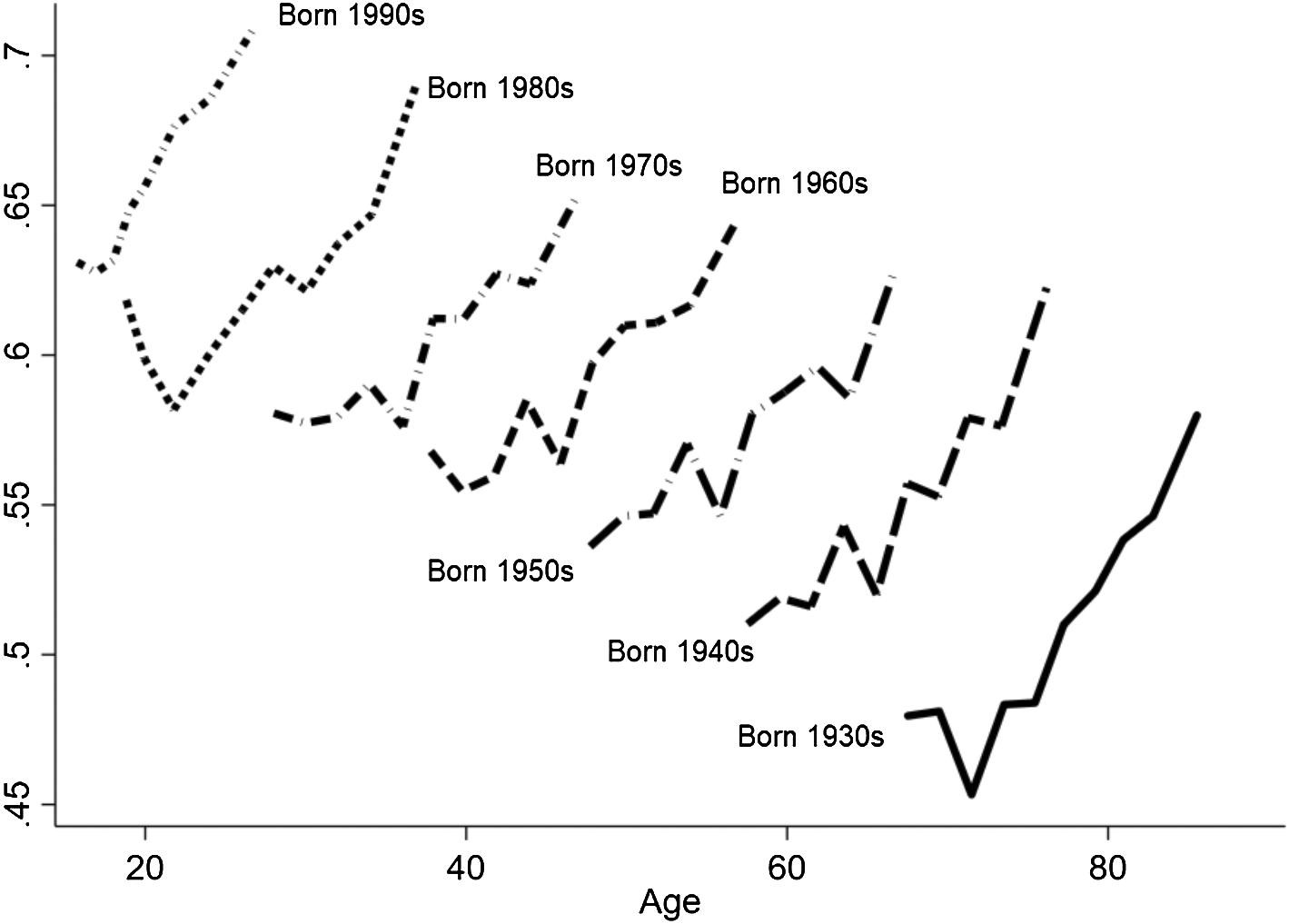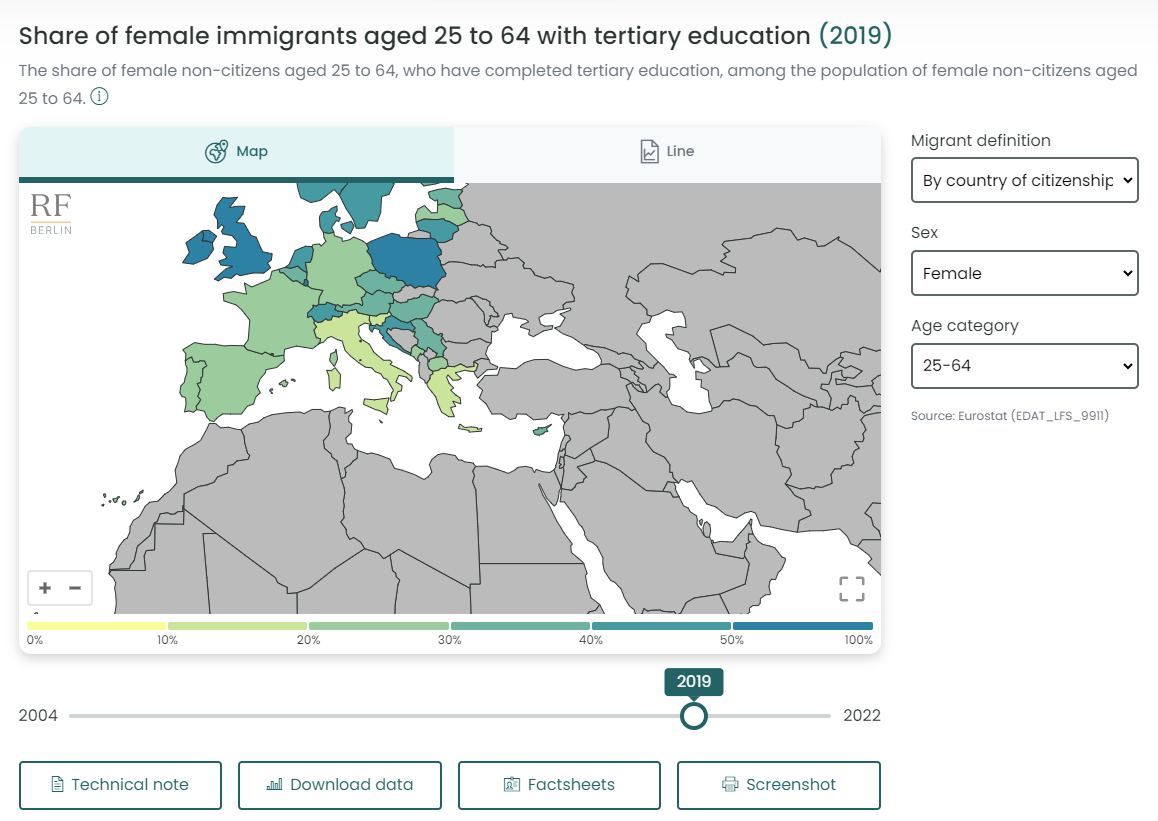Introducing RASR – a novel indicator that incorporates the supportive role of remittances into the established support ratio
Easy and cheap access to remittances has changed the logic of demographic support. We argue in our new paper in Population and Development Review that this shift has deep implications for the well-researched paradigm of demographic transitions. Today, when individuals migrate, their support potential is not entirely lost, as they can support their families by easily sending money back home. This fundamentally alters the logic of demographic support.
The demographic composition of a country matters. During the period in which a country transitions from having high fertility and mortality rates to low ones, there are many working adults and relatively few dependent children and seniors. This advantageous ratio can pave the way for wonderful prospects during this period and beyond. This demographic boon can kickstart economic growth and poverty reduction. In other words, a country can fully cash in on its demographic dividend. However, without sufficient job opportunities, demographic transitions can lead to unemployment and social unrest. While emigration helps reduce population pressures, the demographic dividend has (historically) been lost with the exodus of workers. The burgeoning role of remittances is changing that paradigm.
To account for the support offered through remittances, we developed a new demographic indicator: the remittances adjusted support ratio (RASR). In our new paper, we incorporate remittances into the well-established support ratio by expressing them as worker equivalents. The support ratio is generally defined as the ratio of effective workers to effective consumers in a population. To express remittances (money) as effective workers (people), we divide net remittances by a country’s average labor income. This yields what we call effective shadow workers. For example, if a country receives 1 million USD in remittances and the mean annual labor income of this country is 10,000 USD, then this equates to 100 shadow workers. The money sent by migrants is equal to 100 average annual incomes back home or, in other words, the remittances are equivalent to the support of 100 average workers. To calculate the RASR, we simply add these shadow workers to the numerator of the established support ratio, thereby incorporating their supportive role into the indicator.
Our findings reveal significant disparities between traditional support ratios and RASR, particularly in middle-income countries. While high-income nations see minimal deviation due to their high average incomes, countries in regions like the Caribbean, Central America, and Southern Asia experience substantial adjustments. For instance, in the Philippines and El Salvador, RASR surpasses traditional support ratios by double-digit percentages, underscoring the pivotal role of remittances in bolstering demographic support.
Overall, the RASR shows that the demographic support in many countries is much higher than the classical support ratio would suggest. Remittances increasingly support populations in developing and emerging countries, and already play a critical role in economic and demographic support today. Once we take remittances into account, we can see that a country’s demographic composition matters – not just across age groups but also across national borders.
In essence, our research highlights the need to rethink conventional wisdom surrounding demographic transitions. By integrating remittances into our demographic analyses, we gain a more holistic understanding of population dynamics, emphasizing the interconnectedness of migration, finance, and demographic support.
Article written by: Lukas Tohoff PhD Student – ROCKWOOL Foundation Berlin and Humboldt University of Berlin, Germany.
Original study conducted by: Lukas Tohoff – ROCKWOOL Foundation Berlin and Humboldt University of Berlin, Germany; Daji Landis, Letizia Mencarini, and Arnstein Aassve – Department of Social and Political Science and Dondena Centre, Bocconi University, Milan, Italy.




